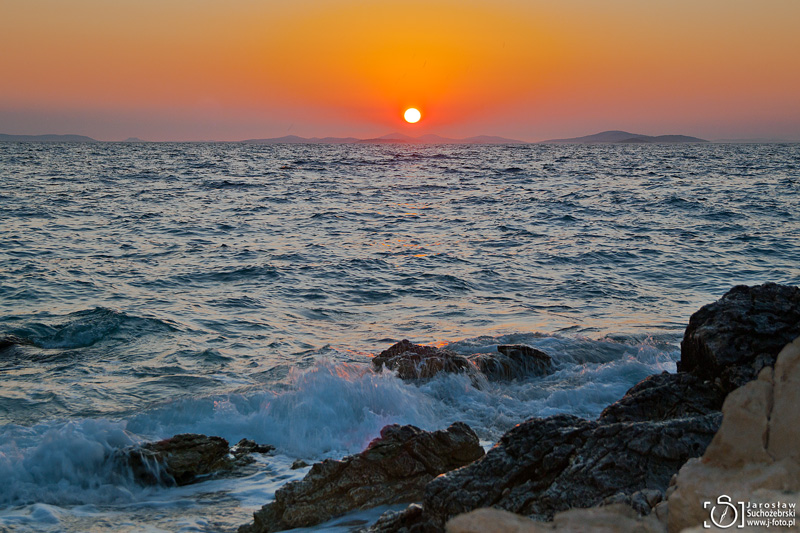Chlastawa. The Route of Wooden Churches of the Bagpipe Region, Poland

The readers of the "National Geographic Traveler" magazine in the sixth edition of the "The seven new wonders of Poland" have picked "The Route of Wooden Churches of the Bagpipe Region" in the Lubuskie Voivodship. The Route is some 23 kilometers long and leads to the temples in Chlastawa, Klępsk and Kosieczyn. The most beautiful church is located in Chlastawa nearby Zbąszyń. The Filial Church of the Birth of the Holy Virgin Mary in Chlastawa was erected in 1637 for Protestants persecuted in Silesia. The church was built in frame construction with wooden tower. The interior of the church in a unique form presents an open roof truss structure. It is covered with rich polychrome from 17th century It presents the scenes of the Last Judgment and foliage motifs. The church in Chlastawa is a historical monument of outstanding universal value which should be particularly interesting for folk architecture lovers. Together with the gate-belfry an

















